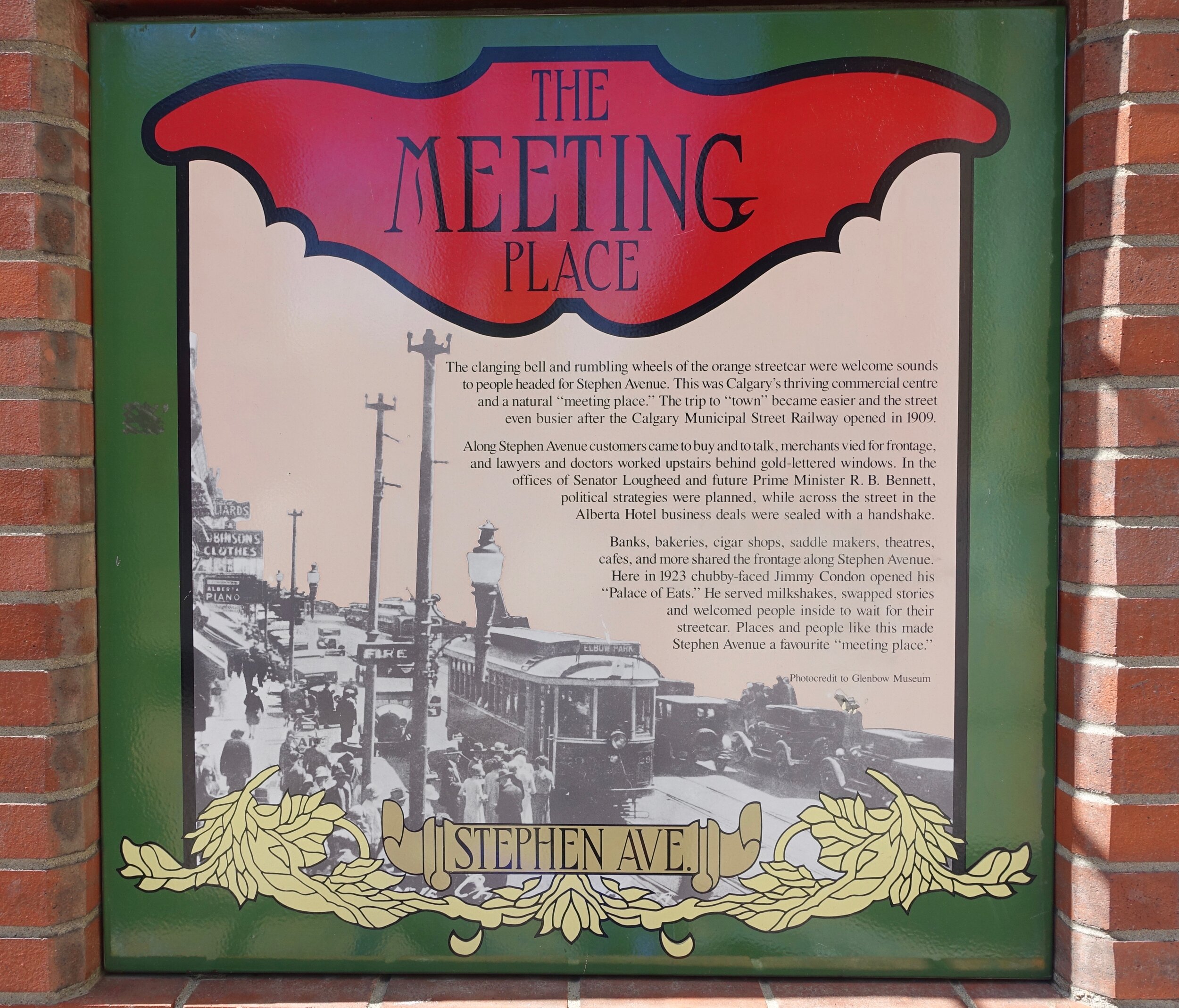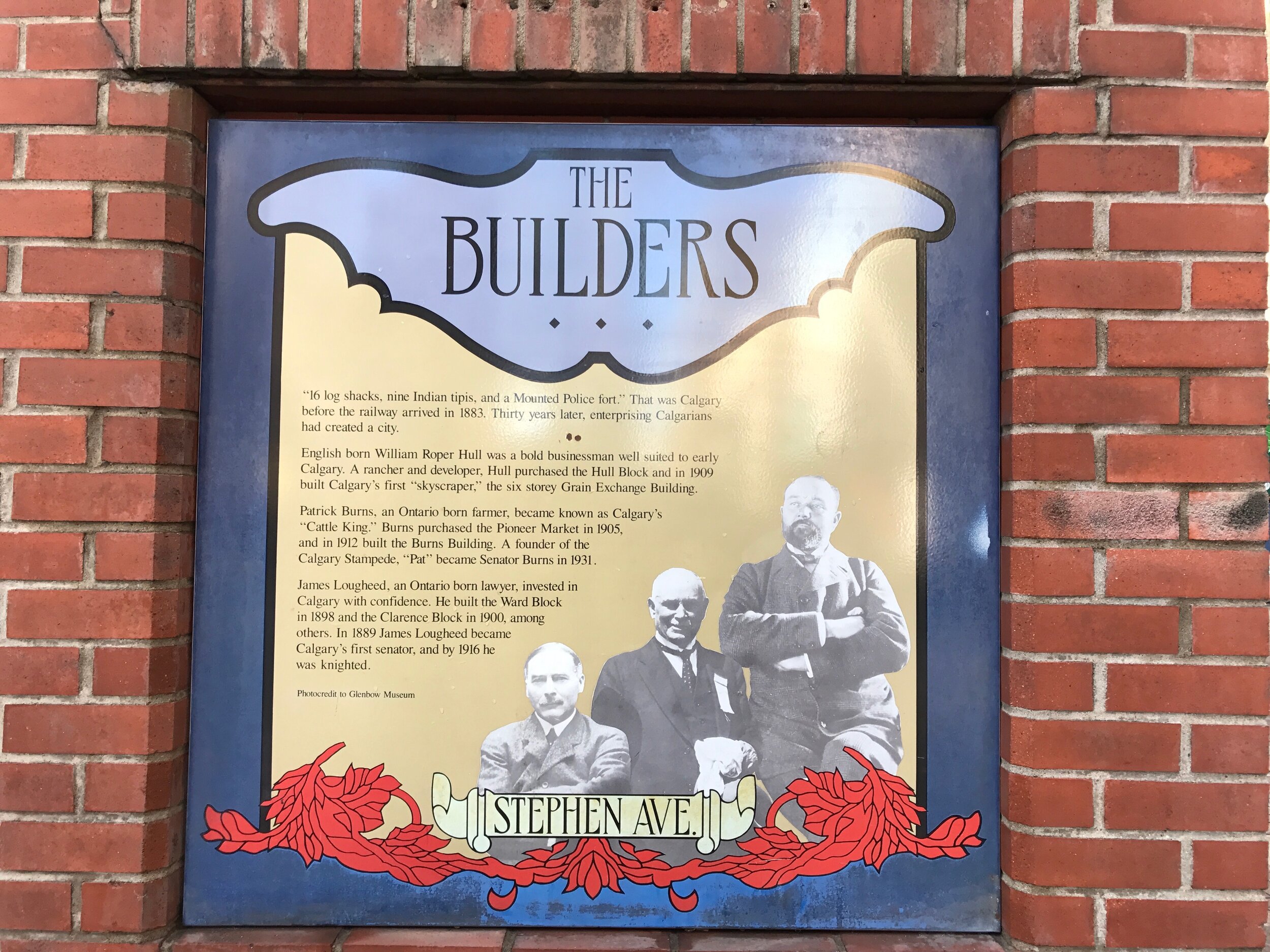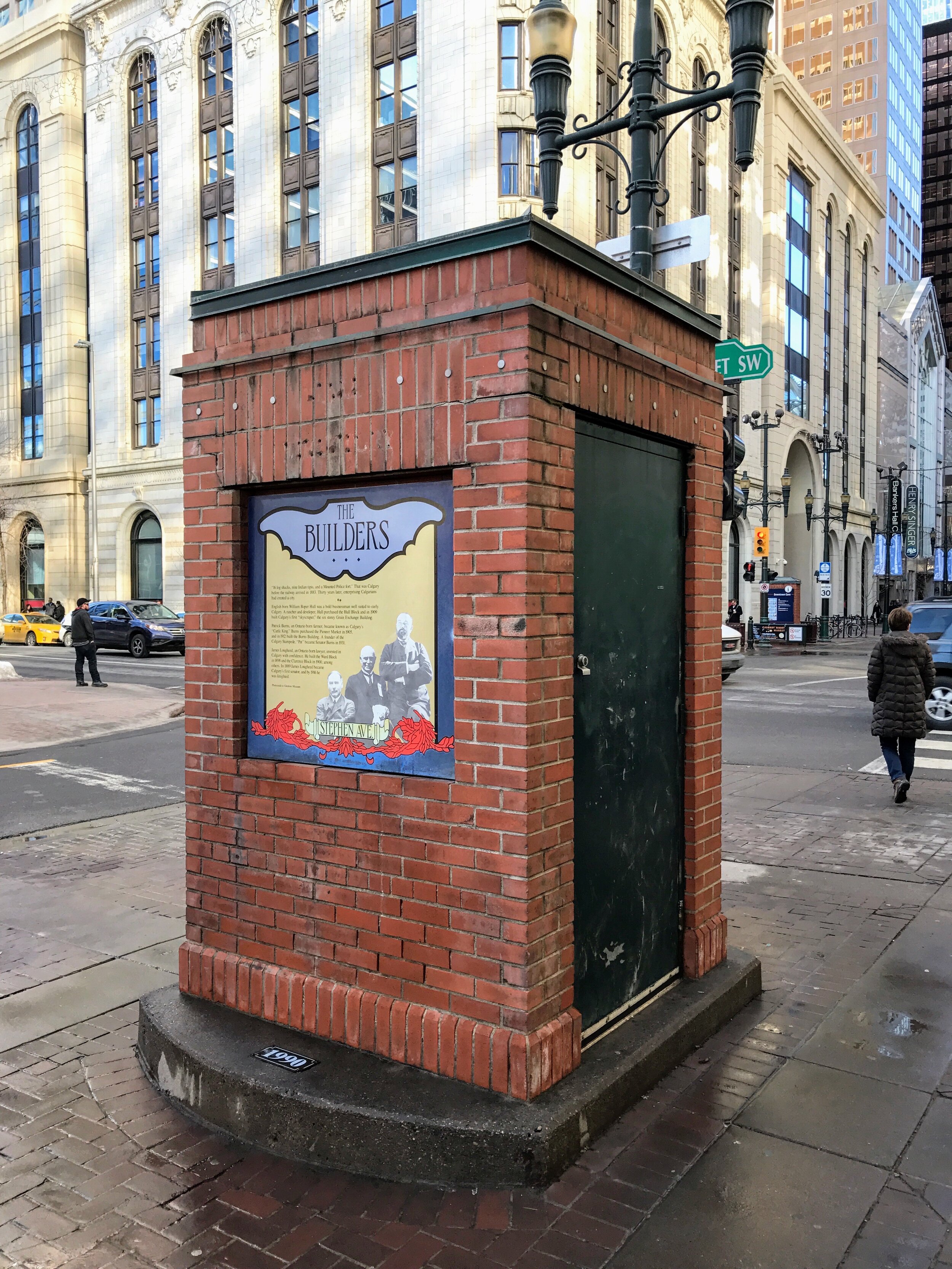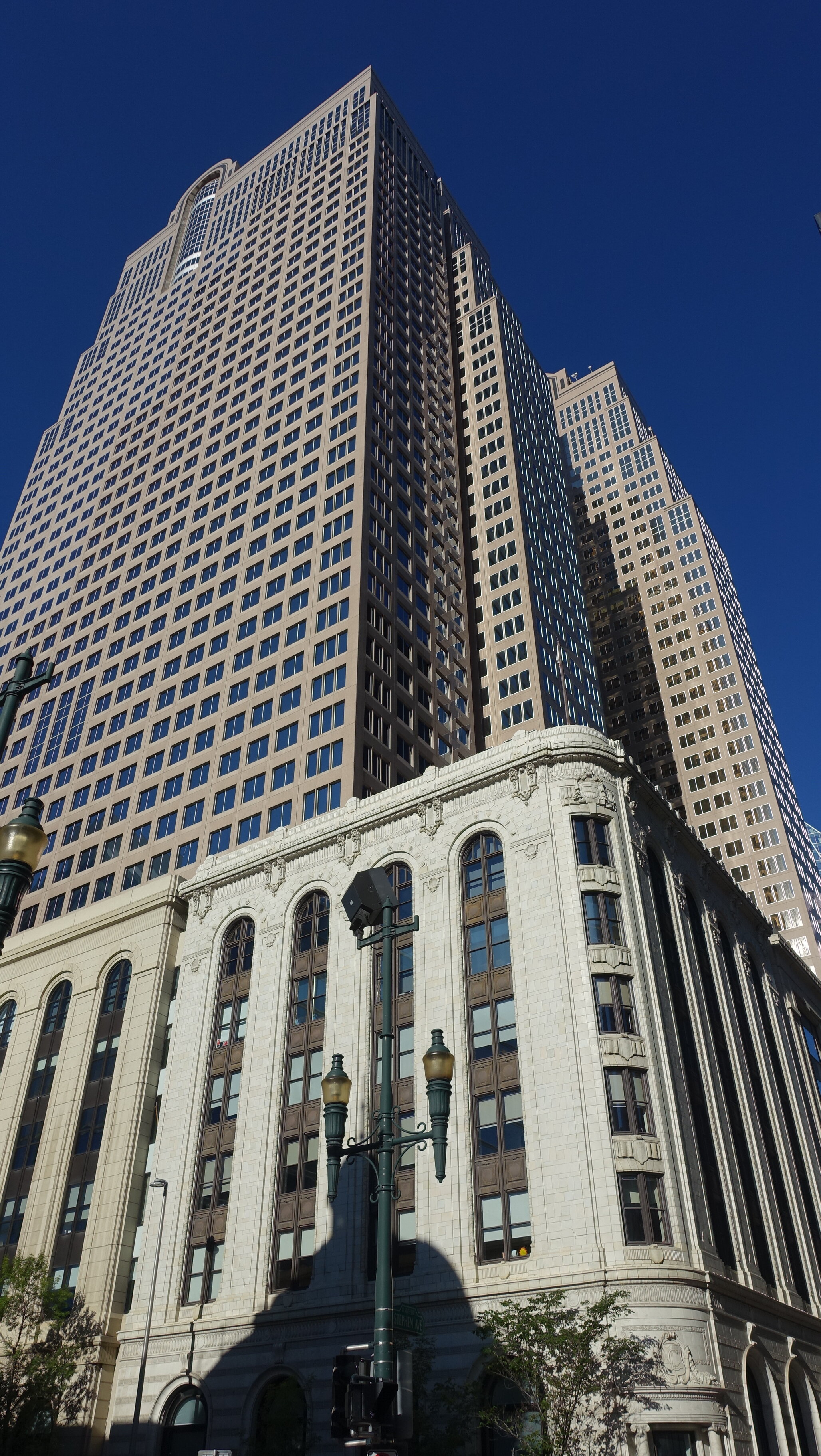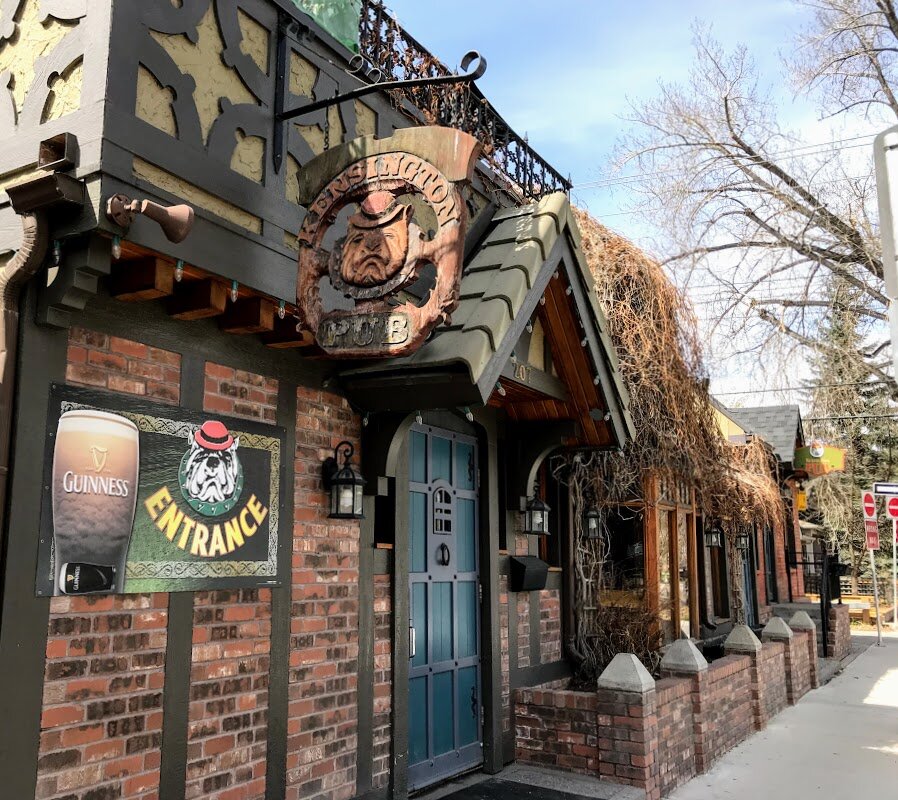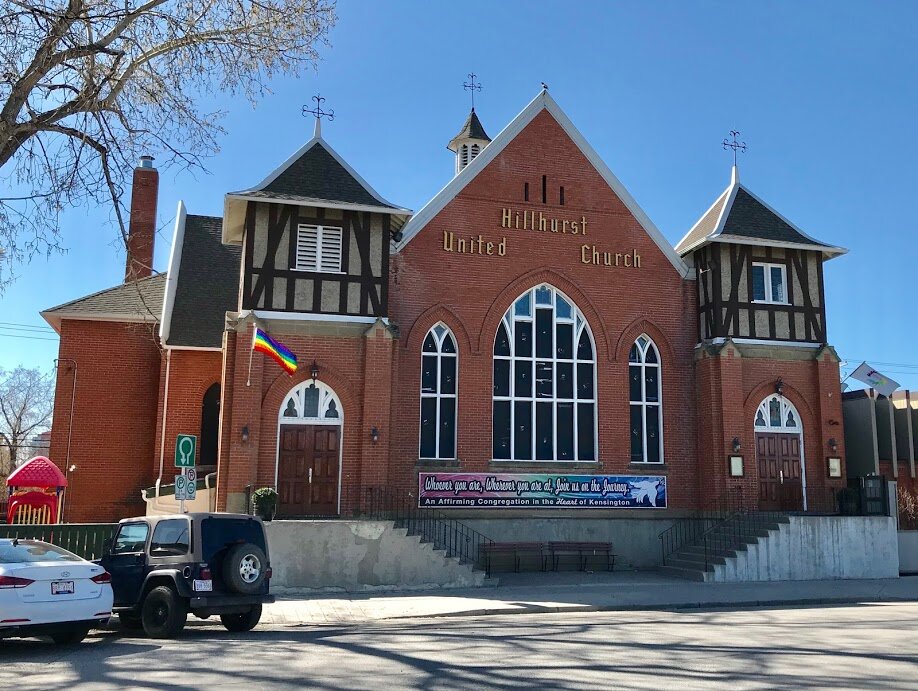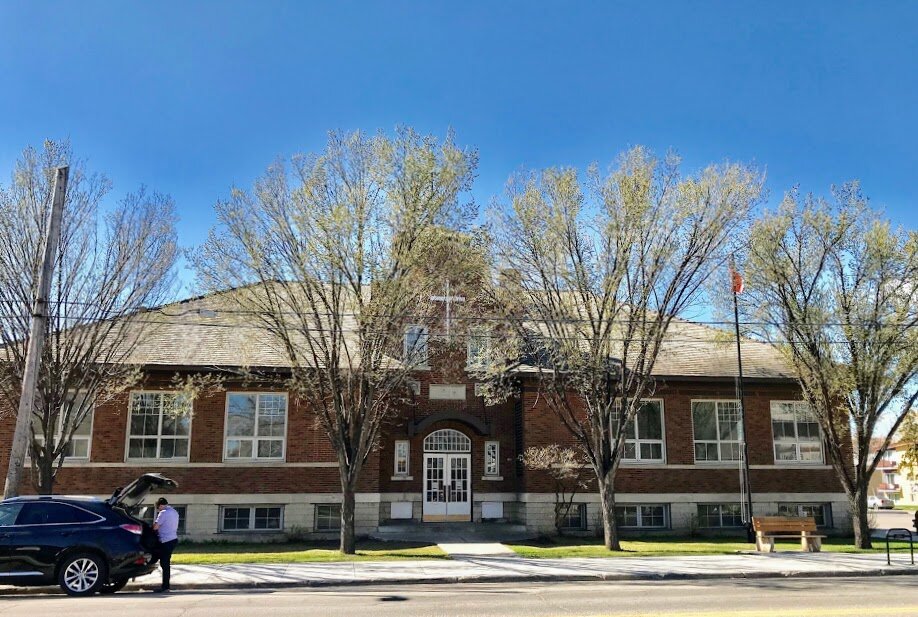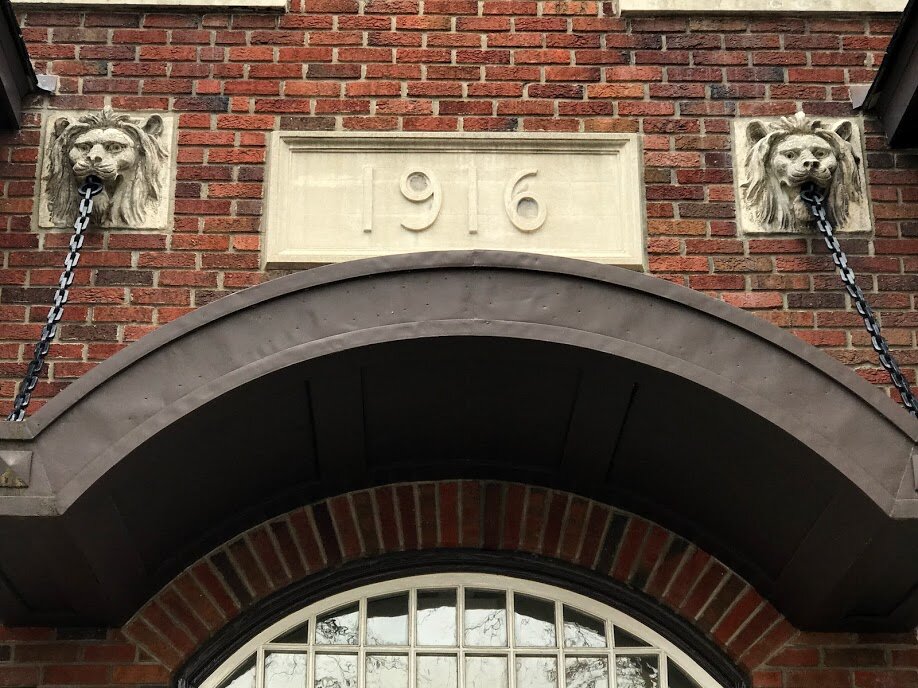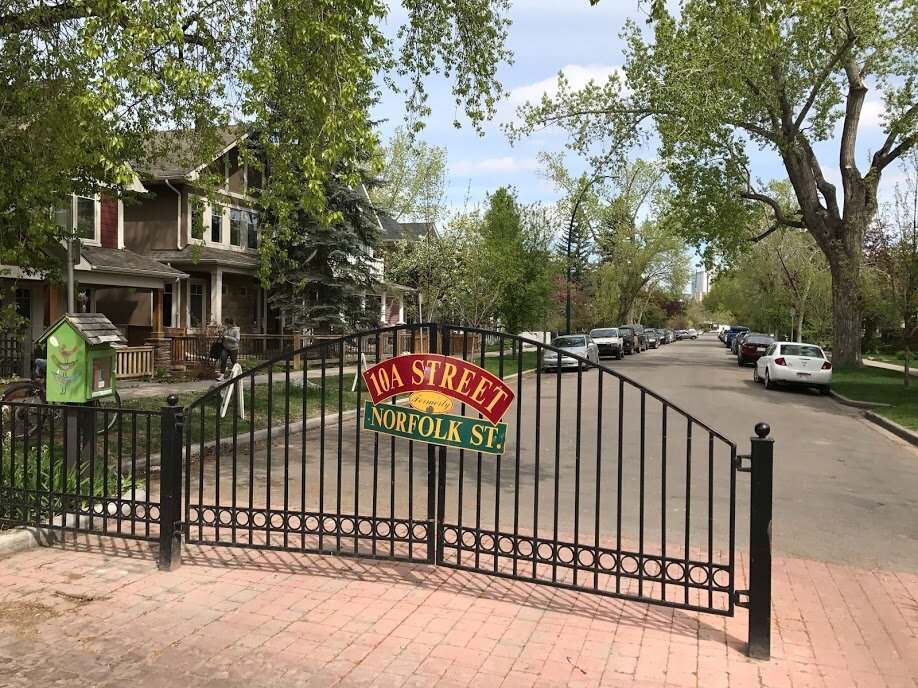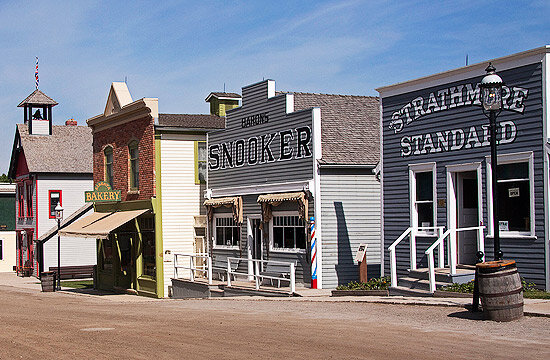Calgary: Celebrating Its History
While some Calgarians lament the fact many of our older buildings have been demolished, Calgary has a better track record for preservation than it is often given credit for.
Aritha Van Herk author of the 2001 book “Mavericks: An Incorrigible History of Alberta” which led to the permanent exhibition of the same name at the Glenbow in 2007 thinks, “the charge that Calgary does not seek to save its history is as incorrect as the charge that Calgary turns its back on the river."
Stephen Avenue Walk is a mix of early and late 20th century buildings.
Main Street Preservation
The preservation of Stephen Avenue’s early 20th Century buildings began in the late ‘60s with the development of the Stephen Avenue pedestrian mall which opened in time for 1970 Stampede. It continued with the Stephen Avenue Square proposal in 1978 and then the Stephen Avenue Mall Façade study (1985) that led to the preservation of 30 buildings.
In 2001 the 200 block of Stephen Avenue was declared a national historic site because of “ the visual coherence of the street, created by façades set flush to the sidewalk, by the horizontal definition of the façades through the use of stone or brick string courses between each storey and the presence of ornately detailed cornices,- the regular pattern of large windows - either flat or round-headed - defining the street façade of each building.”(Canada’s Historic Places)
Atlantic Avenue aka 9th Ave SE in Inglewood (Calgary’s original main street) still has most of its historic buildings as the result of the Inglewood Business Revitalization Zone signing a two-year agreement with Heritage Canada to become a Main Street Project back in 1992. This resulted in strategic plan to restore the facades of the early 20th century buildings and revitalize 9th Avenue as a vibrant main street.
By 1994, two façade restorations were completed which was enough to get Inglewood designated as a pilot Urban Historic Area demonstration project by the Alberta Main Street Programme. From 1994 to 2001, under the leadership of Jennifer Hyde most of the facades were restored and the revitalization of 9th Avenue as an early 21st century “main street” was well on its way.
Like Inglewood and Stephen Avenue, Kensington Village has preserved many of its early 20th century buildings along 10th Street and Kensington Road, meaning Calgary has preserved four historical main streets.
Stephen Avenue Walk Preservation
Inglewood Preservation Slideshow
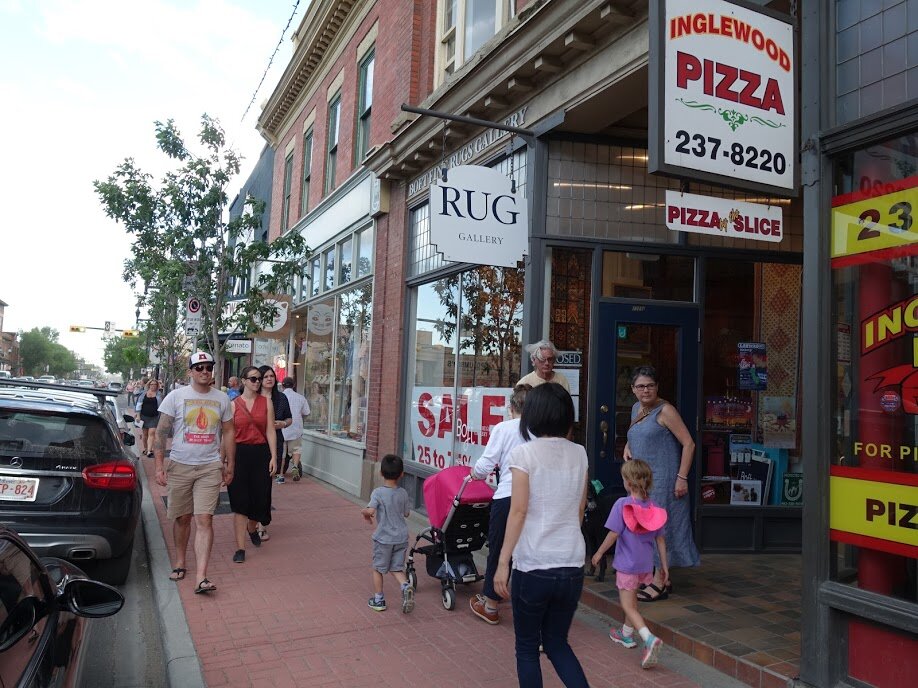



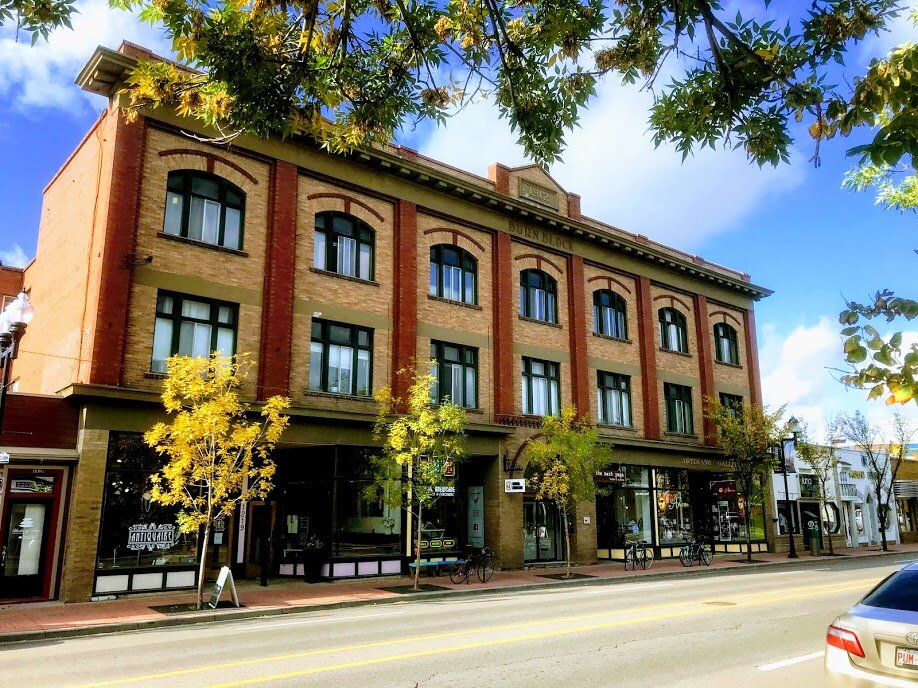
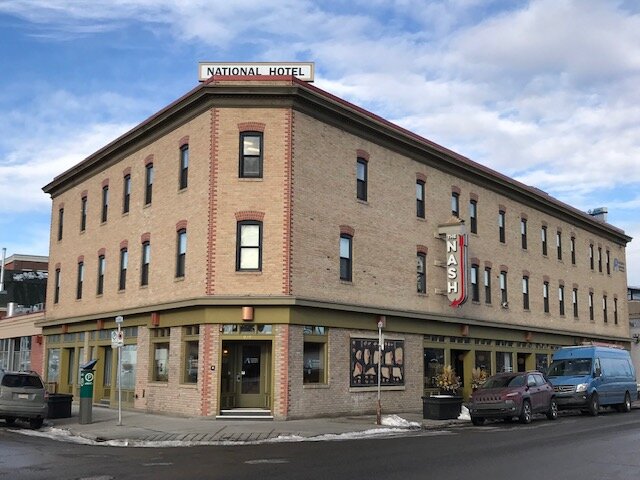
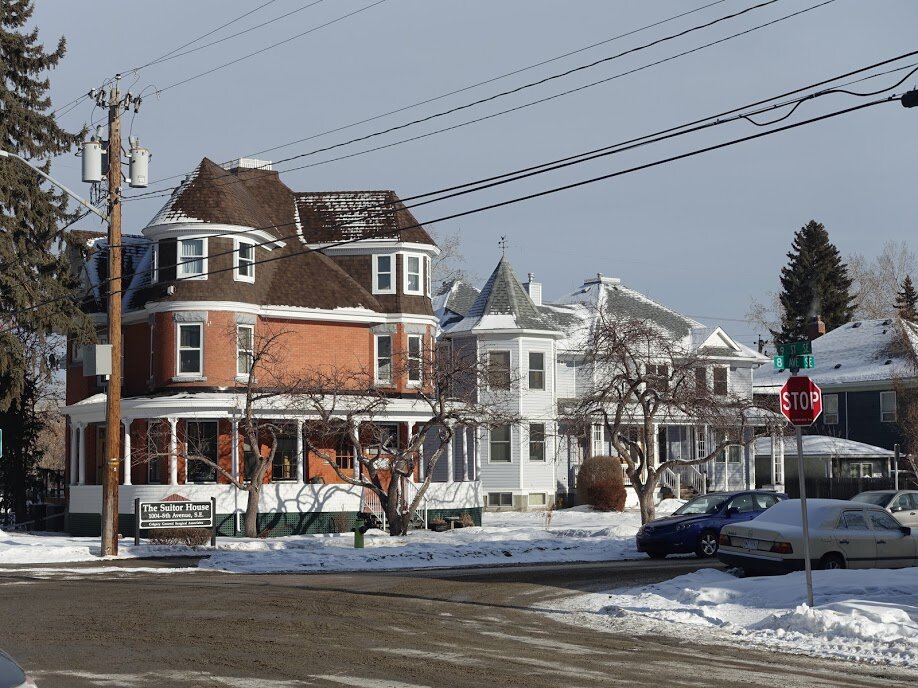

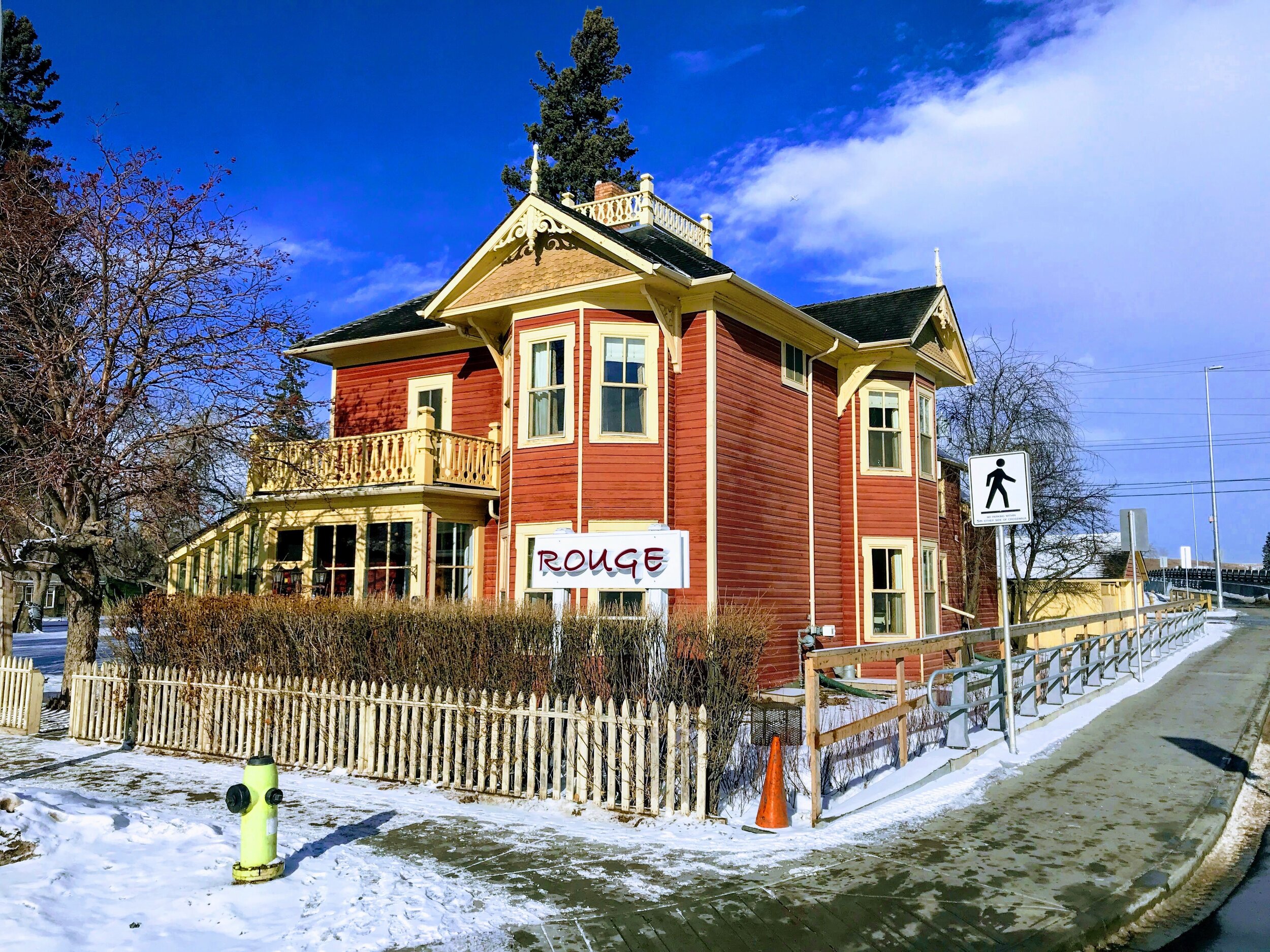
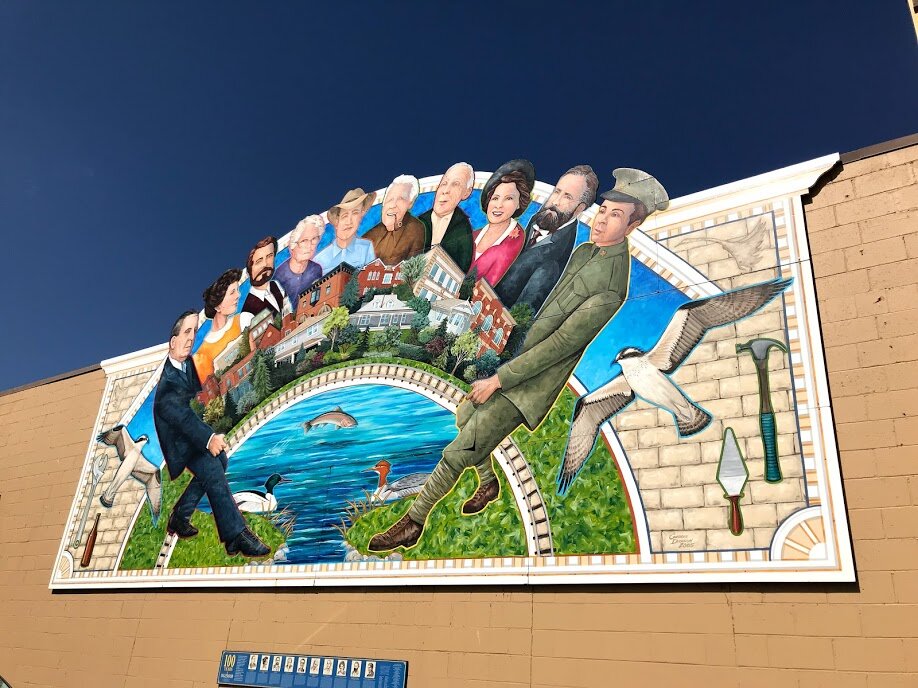

Kensington Village Preservation
The Museums
The Glenbow-Alberta Institute was formed in 1966, with the Glenbow building opening in 1976 as part of a mega mixed-use block redevelopment at the east end of Stephen Avenue that included a new hotel and convention centre. When it was built it was one of the largest museums in Canada, with one of the largest collections of historical artifacts, which is still true today. It has an extensive collection of art (33,000 works), community history (100,000 objects), Indigenous People collection (48,000 items) military and mounted police artifacts (26,000 items) and world cultures (5,000 artifacts). The local history collections it developed are among the best of any city in Canada (they were recently transferred to the University of Calgary Libraries).
Heritage Park opened July 1, 1964 and has since evolved into one of North America’s largest and most successful living history museums. The 127 acre park on the banks of the Glenmore Reservoir is divided into four areas with over 100 exhibits:
The Hudson’s Bay Company Fur Trading Fort
Pre-Railway Settlement Village c1880
The Railway Prairie Town c1910
Heritage Town Square (1920s to 1050s)
The Military Museums of Calgary which opened in 1990 on the Canadian Forces Base is the second largest military museum in Canada. The museum preserves and documents the history of all three branches of the Canadian Forces – The Royal Canadian Navy, Canadian Army and Royal Canadian Air Force with a focus on Alberta History. The Museum of the Regiments is dedicated to four Calgary area regiments – Royal Canadians, Princess Patricia’s Canadian Light Infantry, King’s Own Calgary Regiment and The Calgary Highlanders. In addition, Calgary is also home to The Hangar Flight Museum, which boast several historic planes in its collection.
Sandstone City Slideshow
Calgary was once known as the “Sandstone City” due to the prevalent use of sandstone to create new buildings after the 1886 fire destroyed 14 wood framed buildings. The old Calgary City Hall, McDougall School and Memorial Park Library have all been preserved as examples of Calgary’s early 20th Century architecture. Calgary also boasts the preservation of numerous majestic sandstone schools still being used as schools, as well as ones that have been preserved and incorporated into other projects. The transformation of the King Edward School into cSPACE is an excellent example of how Calgary continues to preserve and find new uses for historical buildings.


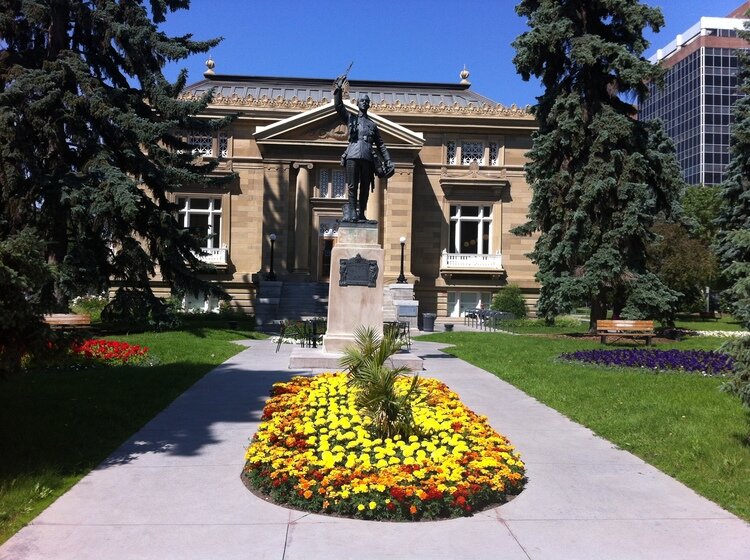
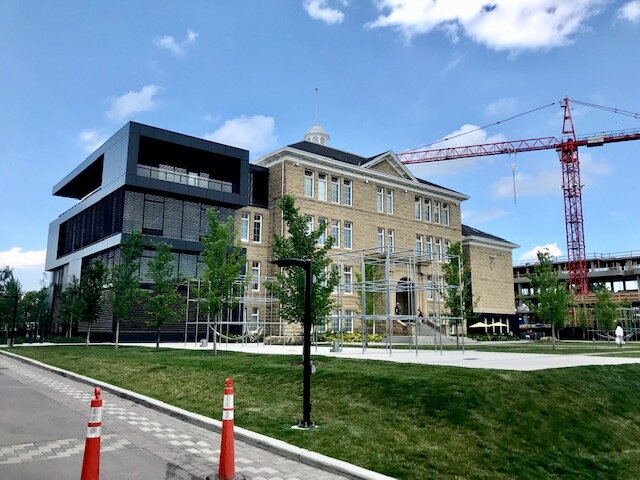

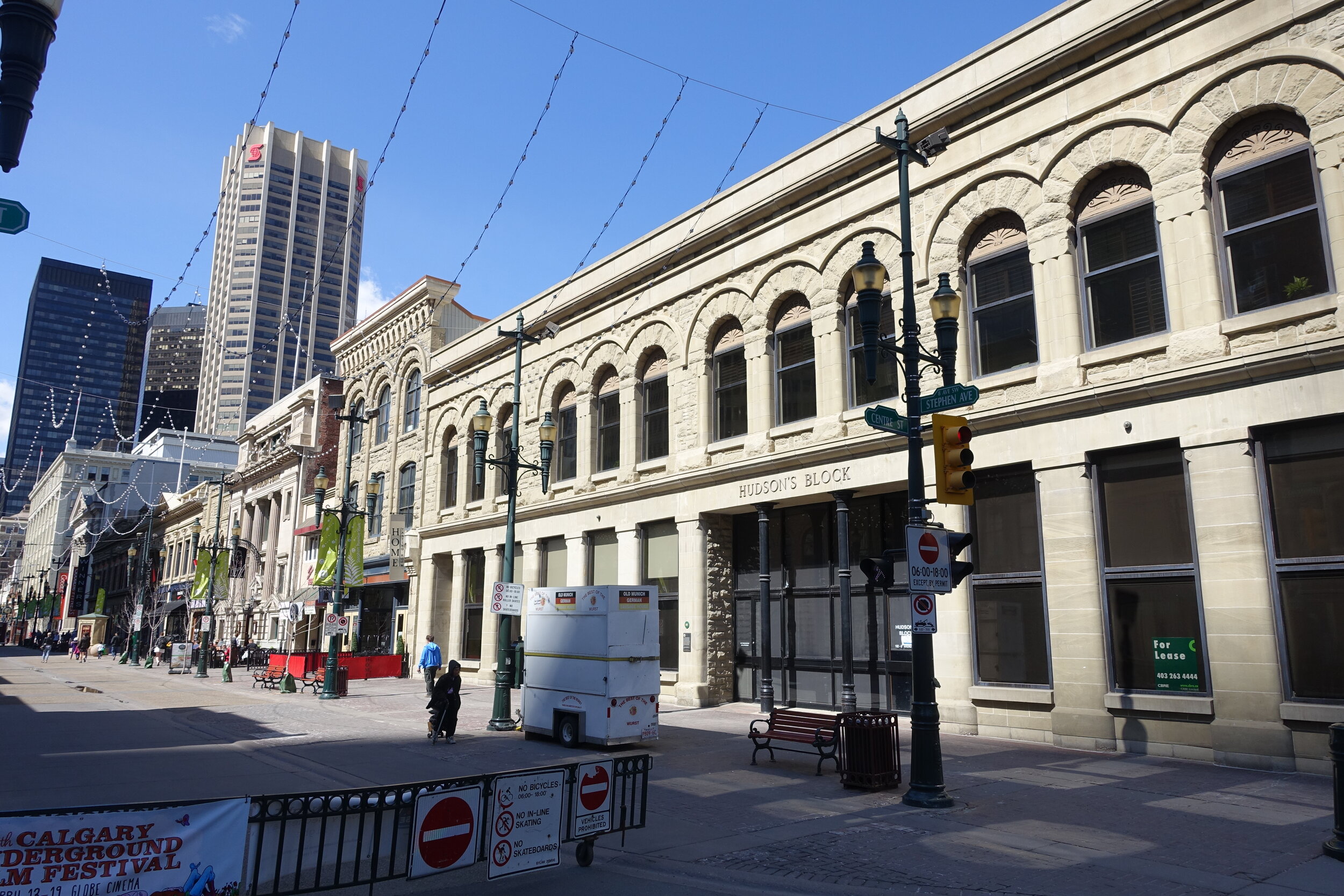



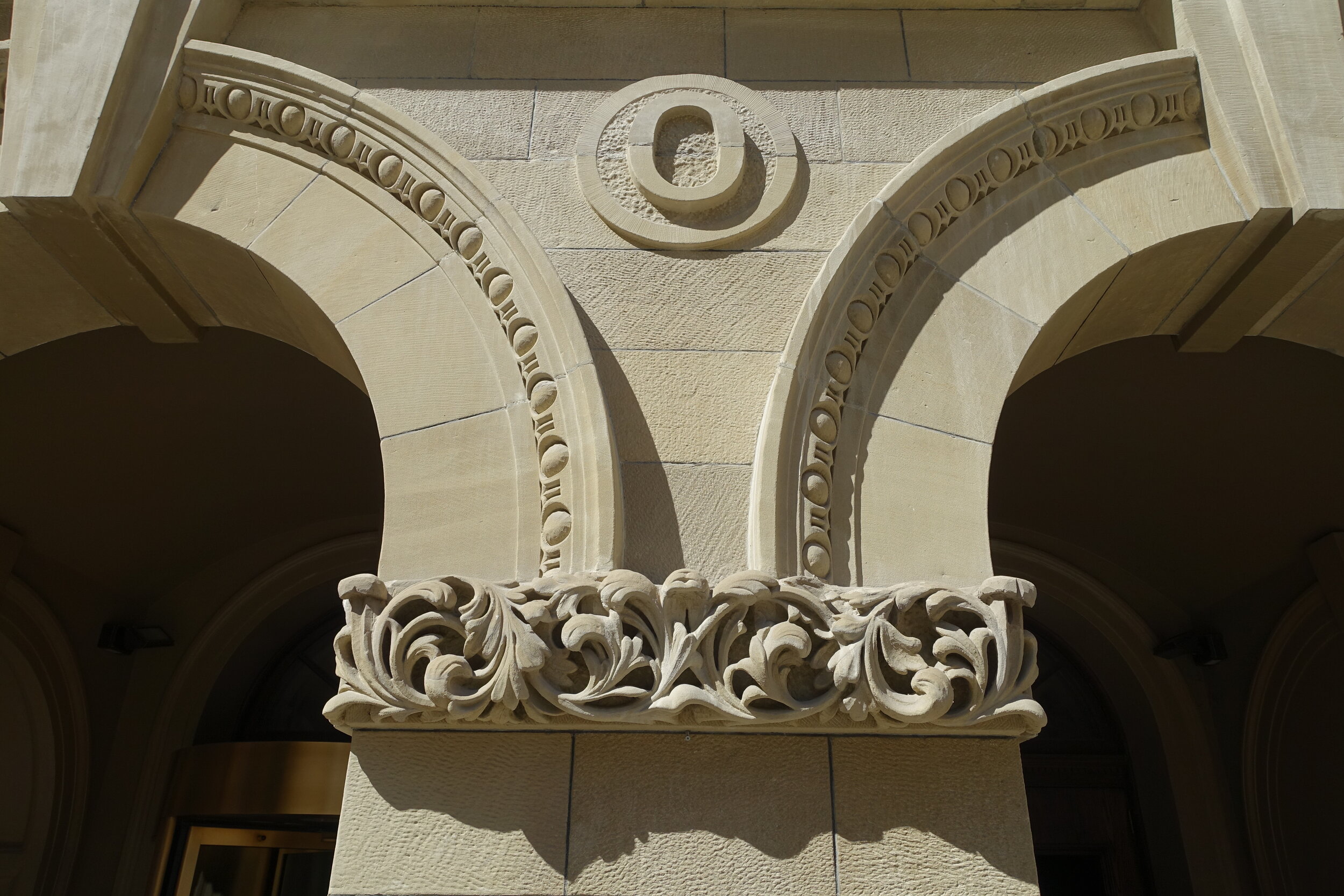

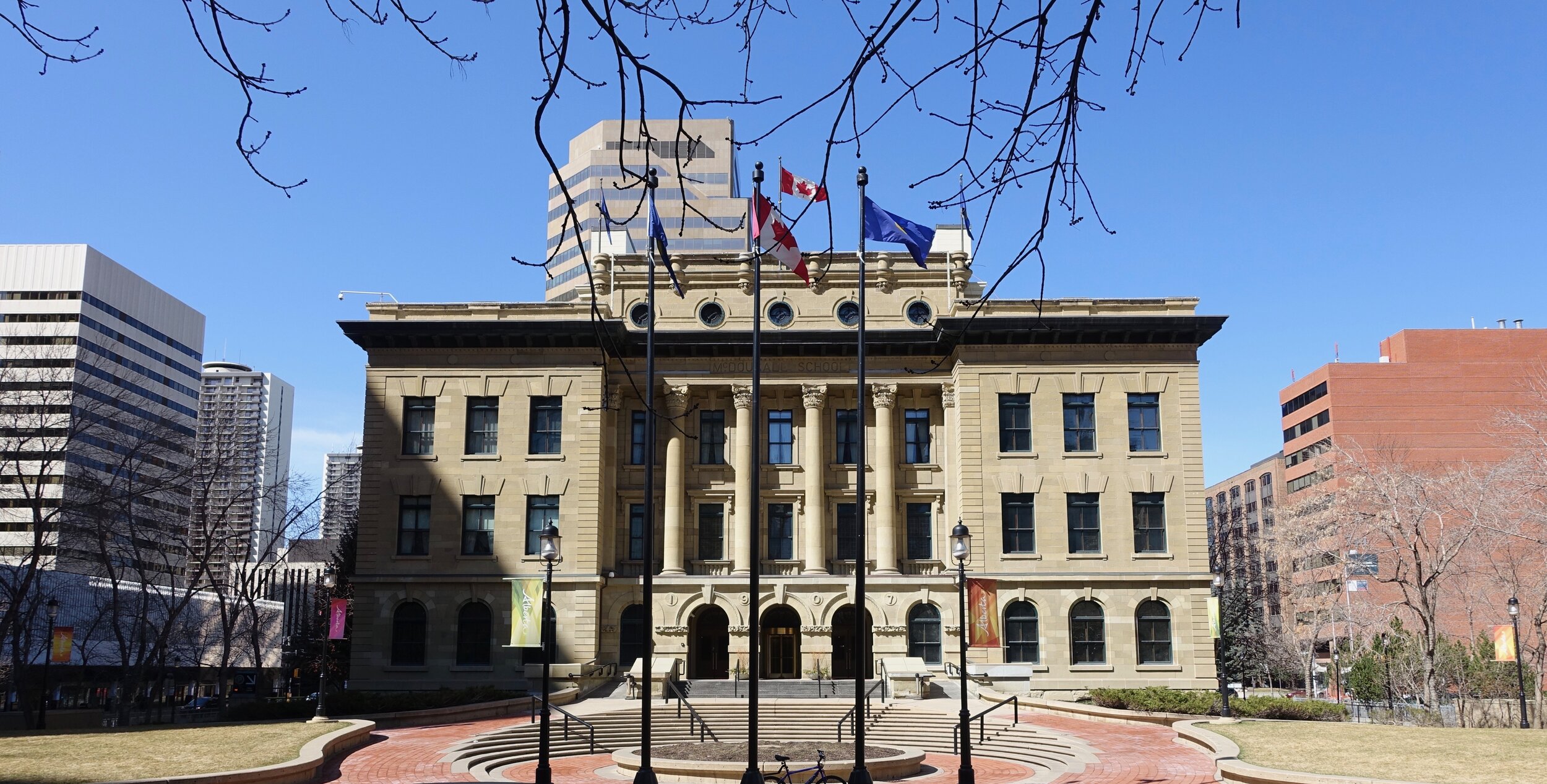
There’s More Preservation
Lougheed House built in 1891 as the home of Senator James Alexander Lougheed has been preserved and is recognized as a national historic site. Originally known as “Beaulieu” ( French for beautiful place) it also includes the preservation of the adjoining garden and lawns.
While the original Fort Calgary is long gone, the City has recreated some of the buildings to house a history museum and created a park on the original site to celebrate the history of the arrival of Europeans to Calgary.
Calgary’s newest historic district to be preserved is the 1930s Currie Barracks. Canada Lands Company is preserving the Parade Square, Officer’s Mess with its formal garden, the tree-lined Trasimene Crescent, Ramshead and Brad Houses, Athlone and Bennett Buildings and the Stables Building as part of its mega transformation of the former Canada Forces Base into Canada’s first LEED Gold Neighbourhood District for 10,000 residents and 3,000 workers.
Link: Currie Barracks
Historic Calgary Week happens every year the last week of July to the August long weekend. Hundreds of events - from talks to walks - celebrate Calgary’s unique history. You can also explore Calgary’s history at the Calgary Public Library’s downtown branch which has a entire section devoted to Calgary’s Story on level 4.. There are also several websites that document Calgary’s history for both the amateur and professional historian.
Link: Calgary Heritage
Link: Calgary Public Library Calgary’s Story
Architecture
Calgary’s latest building preservation project is the conversion of the brutalist Centennial Planetarium, designed by Calgary architect Jack Long, into a major contemporary art gallery.
Yes, there are buildings Calgary should have preserved like the Hull Opera House, CPR Train Station, James Short School, Southam Building and the Burns Residence. And, I hope the Calgary Malting and Brewing site will be preserved in the future.
However, balancing the preservation of the past with the prosperity of the present is difficult. It more than just about the preservation of old buildings, it is about preserving the artifacts and the stories.
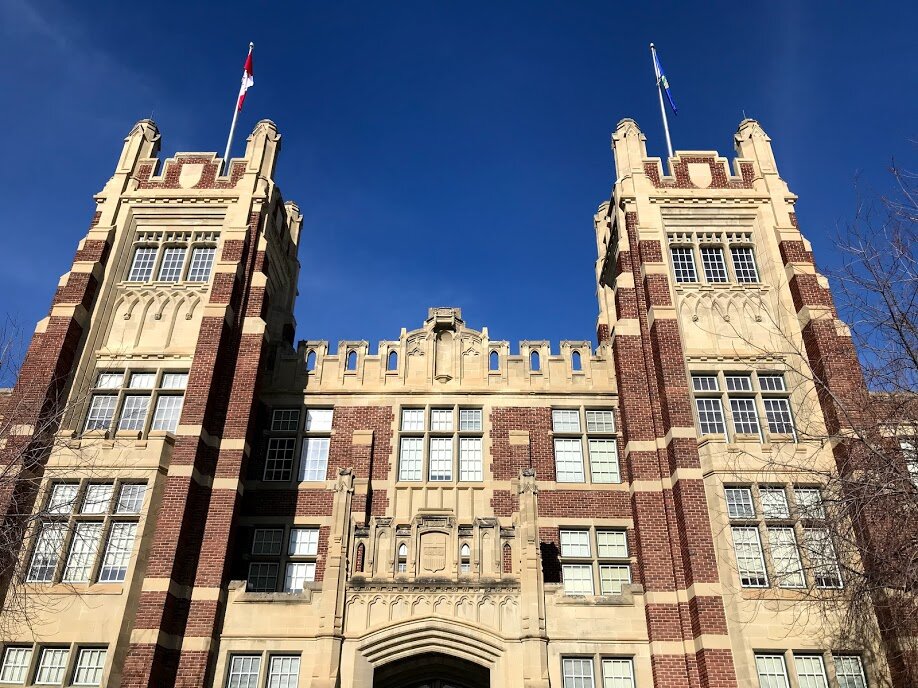

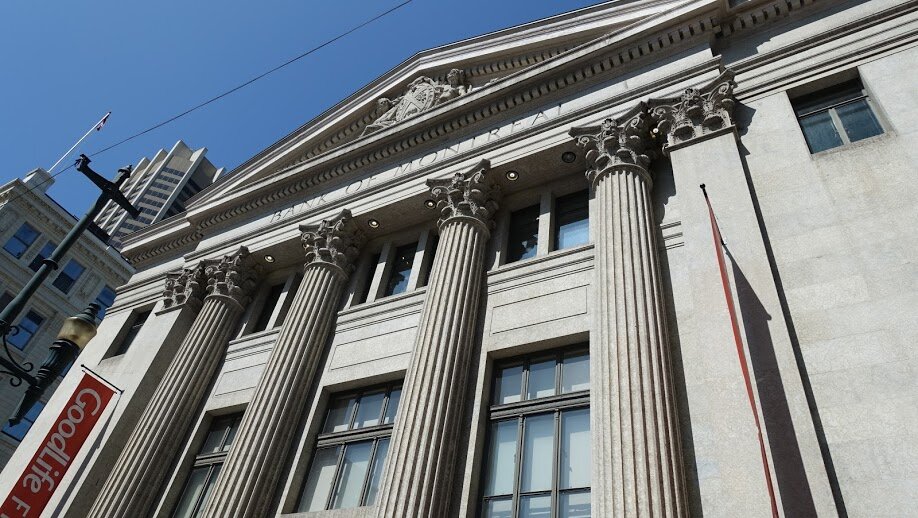
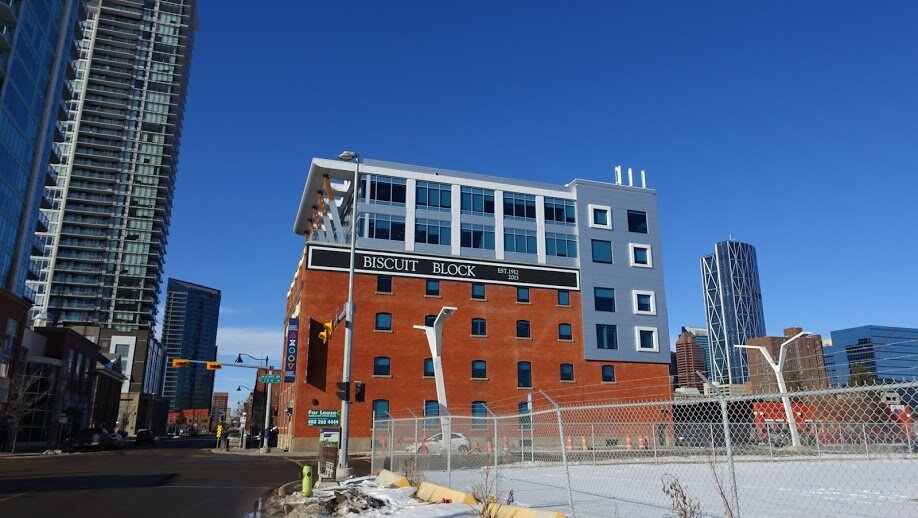

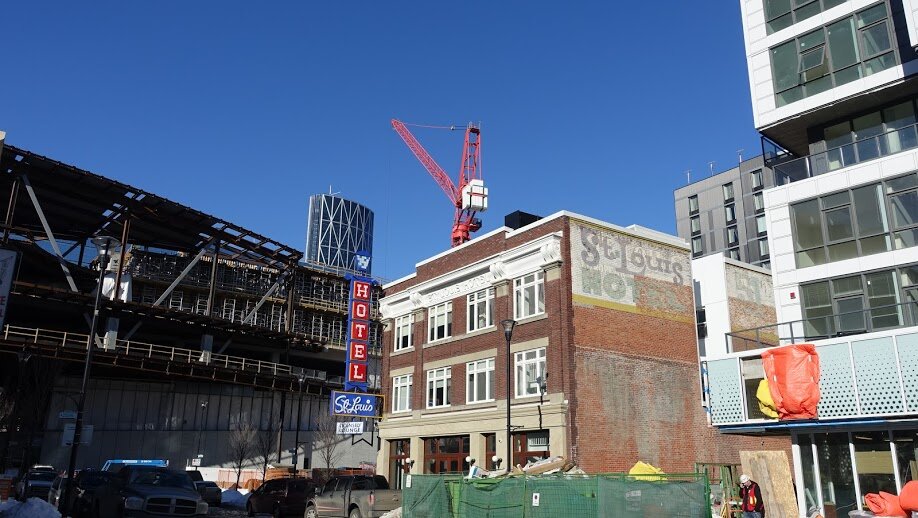
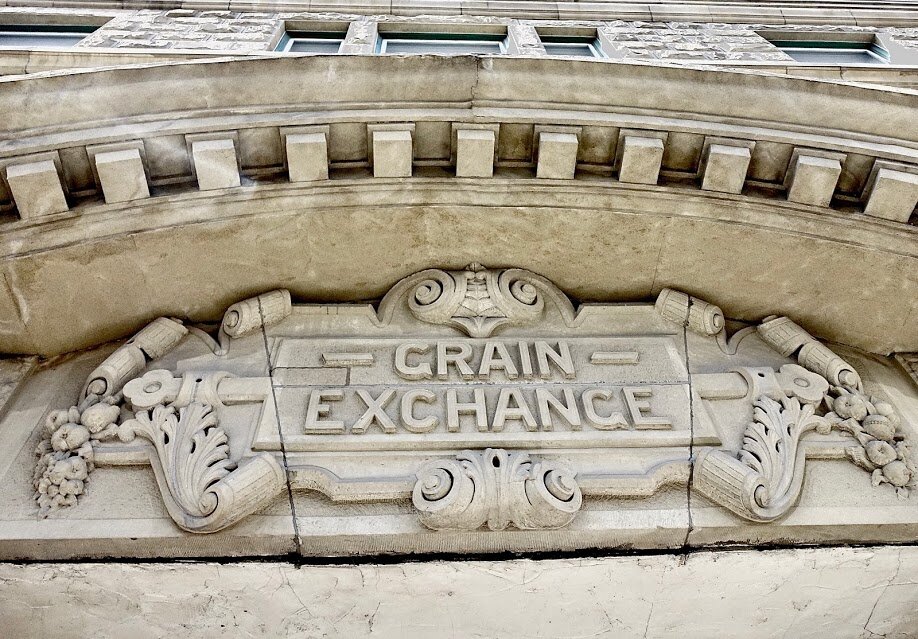
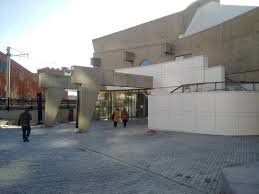




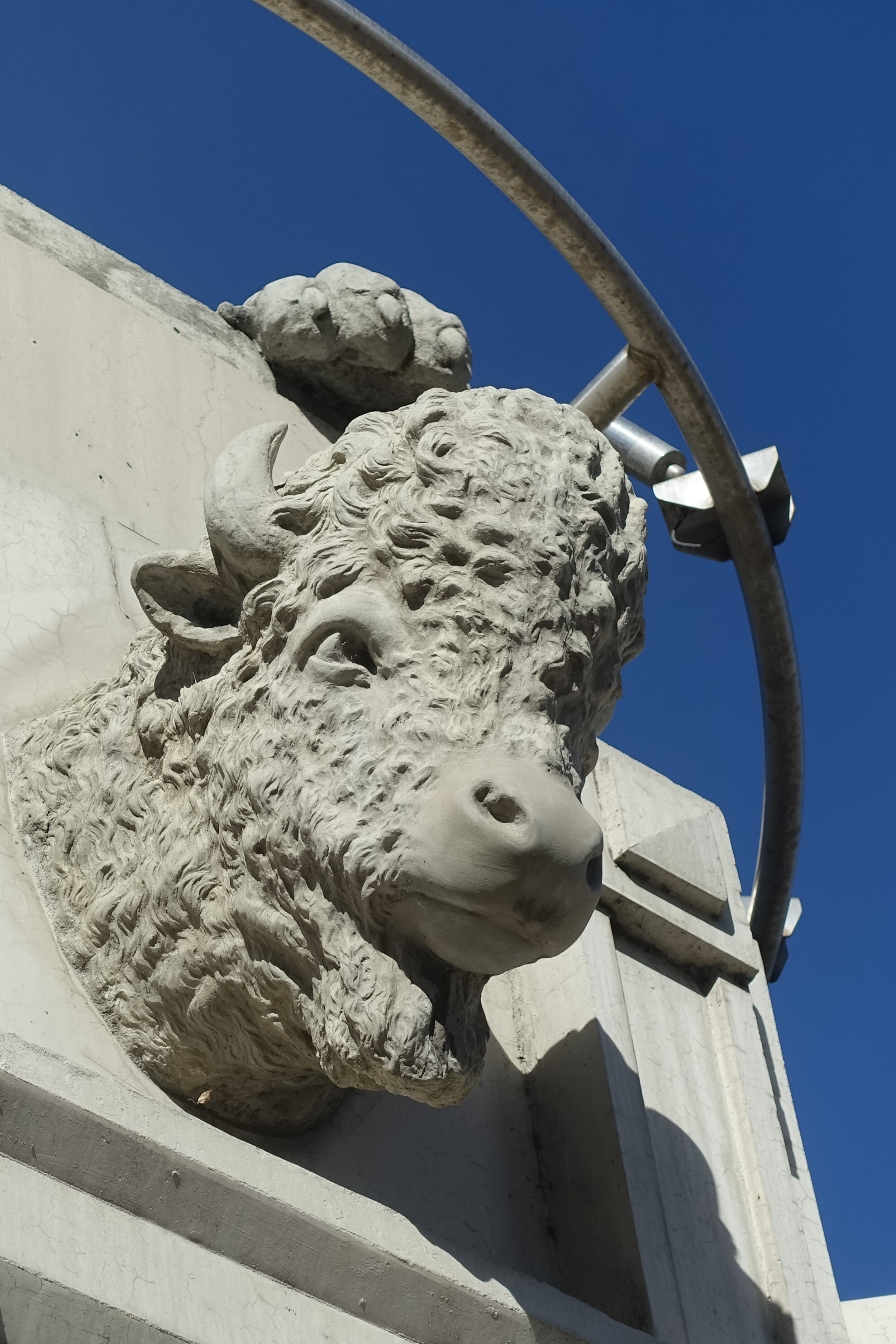
Celebration of Indigenous People
The idea of naming name all of City’s freeways “trails” and then giving them indigenous names dates back to 1966 with the naming of Crowchild Trail after Chief David Crowchild who was instrumental in working to build a better understanding between Indigenous and non-Indigenous people. In 1976, it became official City policy to name all new major roads after Indigenous leaders, as a unique way for Calgary to celebrate its history.
FYI: Blackfoot Trail follows the actual trail the Siksika (Blackfoot) people travelled when passing through Calgary.
Last Word
Indeed, Calgary has been more successful in preserving and celebrating its past than many people give it credit for.
Harry Sanders, an authority on Calgary’s history and author of Historic Walks of Calgary thinks “The widely-held view that Calgary has no history or heritage worth considering is entirely a myth. Its archaeological sites, heritage buildings, and extensive archival, library, and museum collections capture a fascinating history that continues to influence city life."



